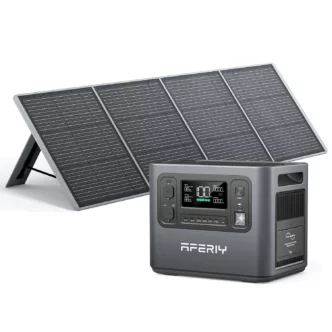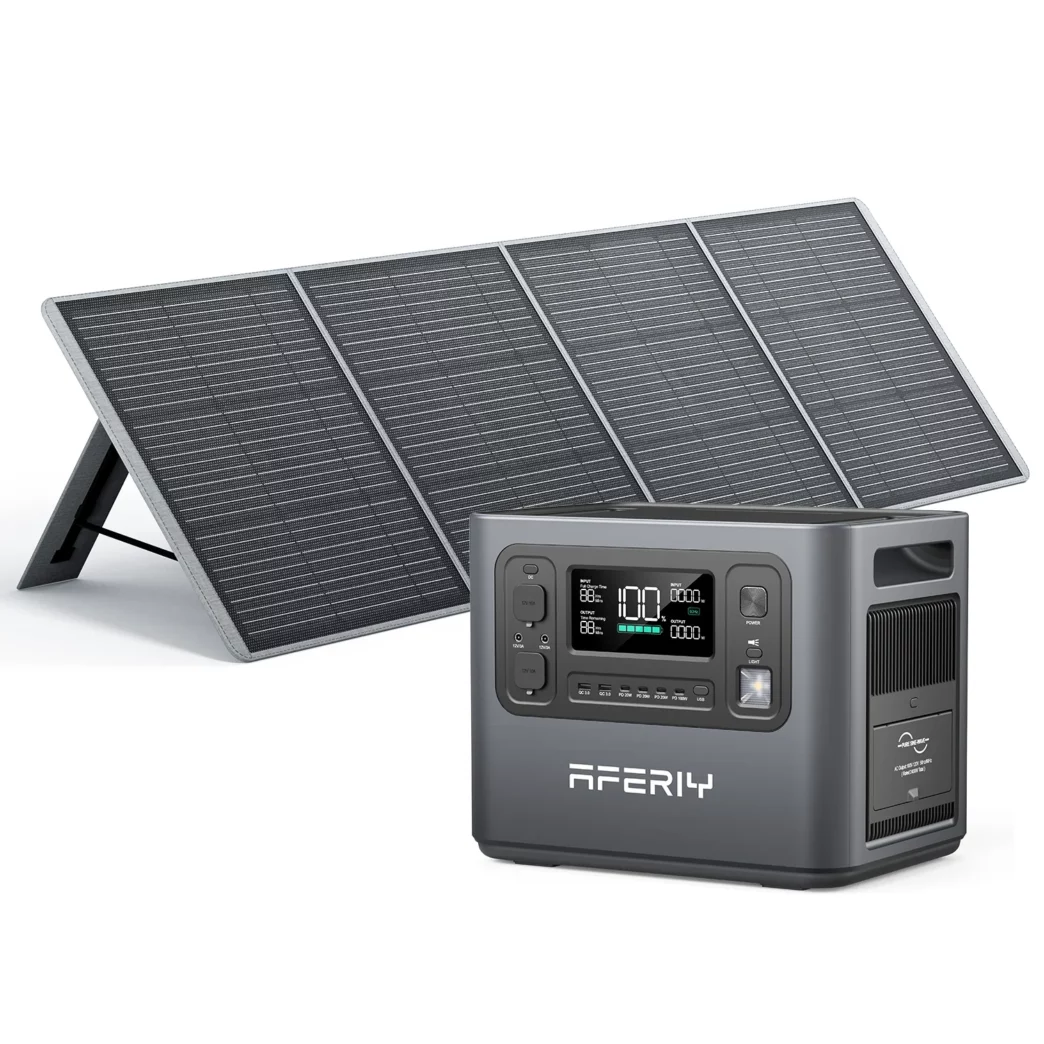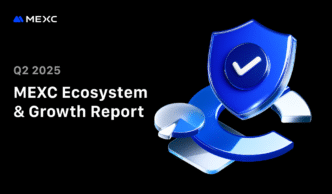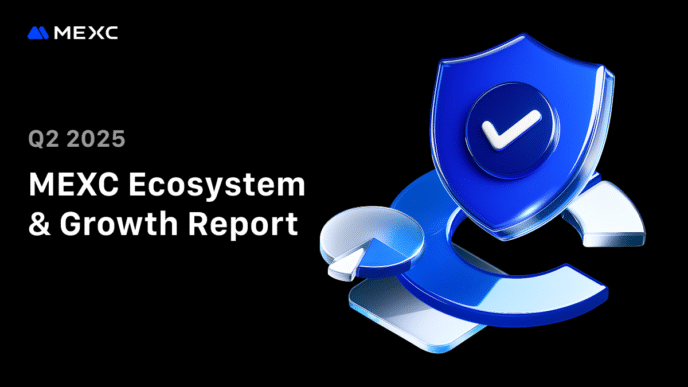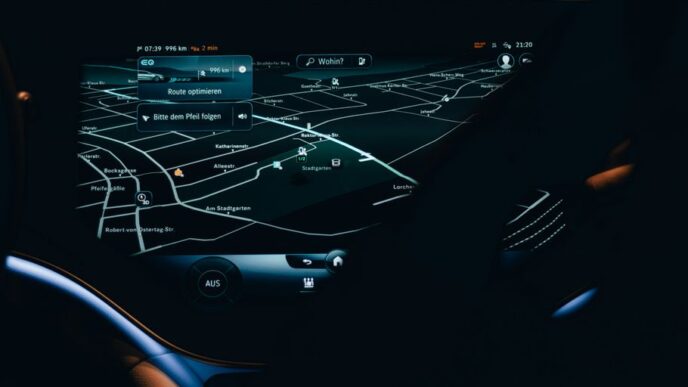Shopping for a solar generator can feel overwhelming. With so many brands and features to consider, it’s important to focus on what matters most: your actual power needs, portability, and long-term reliability. This guide walks you through the key factors to consider when buying a solar generator kit.
Step 1: Know Your Power Needs
Start by listing the devices you plan to run. For instance:
- Smartphone: 10W
- Laptop: 60W
- CPAP machine: 40W
- Mini fridge: 70–100W
Calculate the watt-hours (Wh) required, and choose a portable power station with a matching or higher battery capacity.
Step 2: Choose the Right Battery
The battery is the heart of your generator. Look for LiFePO4 (lithium iron phosphate) batteries, which offer:
- Up to 2000+ charge cycles
- Stable thermal performance
- Better long-term reliability compared to standard lithium-ion or lead-acid batteries
Step 3: Consider Solar Input
Efficient solar input is critical. Look for:
- MPPT charge controllers for faster charging even on cloudy days
- Expandable input to allow multiple solar panels for faster recharge
This ensures your solar generator stays charged and ready during extended off-grid use.
Step 4: Evaluate Portability and Design
If you’ll be traveling, pay attention to the weight and handle design. Look for rugged construction and weather resistance if you plan to use it outdoors.
Step 5: Check Output Ports
A good solar generator will include a mix of:
- AC outlets (for larger devices like TVs and mini-fridges)
- USB-A and USB-C ports (for phones and tablets)
- 12V DC ports (for CPAP machines, lights, etc.)
Bonus Tips
- Choose models with built-in LED lights for night use.
- Look for intuitive displays that show battery percentage, input/output wattage, and estimated run times.
Conclusion
Investing in the right solar generator is about balancing capacity, portability, and features. With careful planning and the right product, you’ll enjoy years of clean, quiet, and versatile power—whether you’re on the road or at home.

